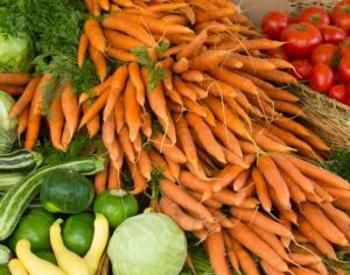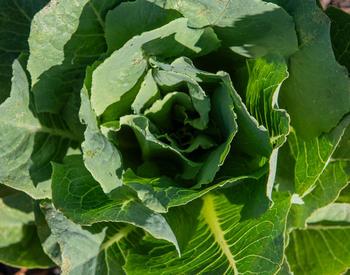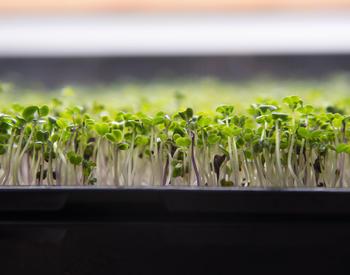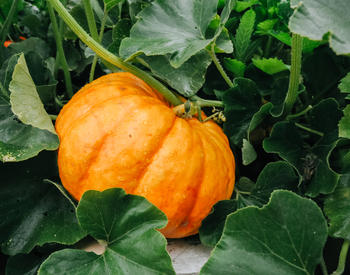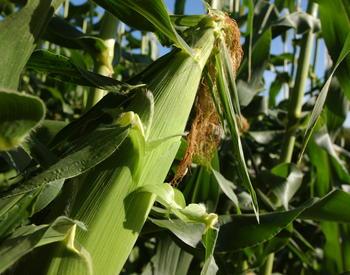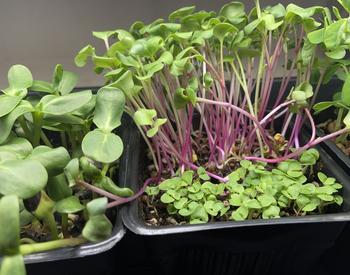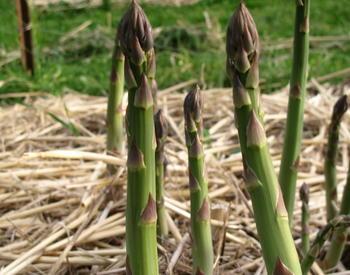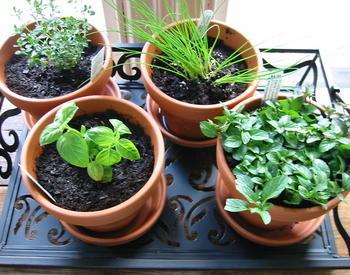Lettuce is one of the easiest and fastest vegetables to grow, a natural choice for both new and experienced gardeners. Lettuce is well suited to container gardening, and many varieties are attractive enough to be included in “edible landscaping,” intended to be of both aesthetic and culinary value.
Because it grows so quickly, lettuce is a heavy feeder and benefits from both rich organic soil and regular fertilizing. It’s also shallowly rooted: mulching can be beneficial after seedlings have become established to keep roots from drying out.
Lettuce seed is very small, making it easy to overseed when directly seeding into the garden patch. Use restraint to avoid the need for thinning those seedlings later. Use the following tips to help grow great lettuce.
Water consistently
Consistent water is important for lettuce production. A soil high in organic matter can assist in water retention, but water will still need to be applied regularly. Allowing lettuce to dry out too much can induce bolting (more about that later) and cause lettuce to taste bitter.
A special consideration for Klamath Basin gardeners is an issue called edema, which can occur when days are warm and nights are cool. Essentially, water has trouble moving through the plant properly late in the day as temperatures drop, causing water to bulge from the leaf in blister-like structures, often along the leaf’s midrib. Watering early in the day helps gardeners avoid this unsightly but otherwise harmless issue.
Watch the weather
Once mature, lettuce is hardy enough to withstand a light frost with minimal protection and even a deeper freeze if season extension techniques are used. Young seedlings are not hardy, and even mature plants will suffer if warm weather is followed by a sudden hard freeze.
Klamath gardeners should be prepared for frost protection at any time of the year.
Another consideration is keeping lettuce out of heavy winds, which dry out the leaves, making them tough and ragged. Ideally, lettuce is grown in consistently mild temperatures. Heat and big swings in temperature from one day to the next are problematic.
Delay bolting
Bolting is a lettuce plant’s natural response to “summer” — warm temperatures cause elongation of the central stem, which eventually flowers and develops seed. Once this process has started, the plant is putting little energy into leaf development, and leaves may become bitter-tasting, so growers seek to delay bolting when possible.
Minimizing big differences between high and low temperatures is possible by protecting plants on cool nights in spring, by providing shade in the heat of summer, by providing consistent water, and by choosing varieties bred for warmer areas, often called “slow-bolt.”
Choose the right leaf
The variety of lettuce types available to the home grower is incredible — from iceberg to Bibb to loose-leaf to mixtures that provide many types of leaves in a small garden space. In general, loose-leaf lettuces are easier to grow. A 4-by-4-foot patch of loose-leaf lettuce can provide enough for a daily family salad, once established, for several weeks. Some evidence suggests that red-leaf varieties are slower to bolt and better choices for warmer months.
“Mesclun” mixes include a variety of leaf shapes and colors in one seed packet, making a gourmet salad easy to grow in a small space. Iceberg lettuce, the large, dense heads common in the grocery store, are harder to achieve and require more water — possibly not the best choice for Klamath gardeners.
Double crop
Many loosely headed lettuces like Bibb types and loose-leaf styles can be harvested several times before being exhausted. Rather than pulling up plants, cutting heads off with a sharp knife, leaving a stub above the ground, often results in a second (smaller) head. Gardeners can make the most of small spaces by using this technique.
Take it even further by planting lettuce early, harvesting, then planting a new crop of seeds between the heads. The lettuce will regrow and then can be removed as the new seeds emerge. The technique is an example of intercropping.
Lettuce does have a few growing challenges. The most common insect issue is aphids, which can often blend in easily with the plants. Close examination enables a gardener to catch these early. For gardeners who prefer soap sprays to treat this pest, the good coverage necessary to control aphids is easier on loose-leaf than headed lettuces — the aphids can more easily hide in the crevices of tight heads.
A few different rot issues can occur in lettuce. Gardeners can minimize these by avoiding watering overhead, and by keeping plants with adequate spacing between them. Often, lettuce is eaten from the home garden much too quickly for problems to develop.
